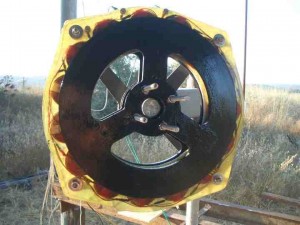 See the WindEmpowerment Facebook page for photo albums and a video from CometME about the construction of the 4200 (14 foot diameter) turbines there with 20 magnets.
See the WindEmpowerment Facebook page for photo albums and a video from CometME about the construction of the 4200 (14 foot diameter) turbines there with 20 magnets.
If this blog helped you then make a donation
-
Buy a Tristar charge controller (UK only) Logic Energy live widget
Choose a category and view posts
Irish Solar
-
Recent Posts
Recent Comments
- Tina Doherty on All of the books by Hugh (how to get them)
- John on Wiring up a 12-volt stator
- In 2025, are solar water heaters worth it, despite the initial cost? - Online Plumbing Shop on User experience with evacuated tube water heating
- hugh on Choosing your pipe size for a hydro turbine
- Paul Kennedy on Choosing your pipe size for a hydro turbine
Archives
- March 2025
- July 2024
- June 2024
- March 2024
- November 2023
- October 2023
- July 2023
- November 2022
- July 2022
- June 2022
- January 2022
- December 2021
- October 2021
- July 2021
- June 2021
- May 2021
- April 2021
- February 2021
- December 2020
- October 2020
- July 2020
- April 2020
- March 2020
- October 2019
- September 2019
- August 2019
- July 2019
- June 2019
- May 2019
- March 2019
- February 2019
- January 2019
- December 2018
- November 2018
- October 2018
- September 2018
- August 2018
- July 2018
- June 2018
- May 2018
- April 2018
- March 2018
- February 2018
- January 2018
- December 2017
- November 2017
- October 2017
- August 2017
- July 2017
- June 2017
- May 2017
- April 2017
- March 2017
- February 2017
- January 2017
- December 2016
- November 2016
- October 2016
- September 2016
- August 2016
- July 2016
- April 2016
- January 2016
- December 2015
- November 2015
- October 2015
- September 2015
- August 2015
- July 2015
- June 2015
- May 2015
- April 2015
- March 2015
- February 2015
- January 2015
- December 2014
- November 2014
- October 2014
- September 2014
- August 2014
- July 2014
- June 2014
- May 2014
- April 2014
- March 2014
- February 2014
- January 2014
- December 2013
- November 2013
- October 2013
- September 2013
- August 2013
- June 2013
- May 2013
- April 2013
- March 2013
- February 2013
- January 2013
- December 2012
- November 2012
- October 2012
- September 2012
- August 2012
- July 2012
- June 2012
- May 2012
- April 2012
- March 2012
- February 2012
- January 2012
- December 2011
- November 2011
- October 2011
- September 2011
- August 2011
- July 2011
- June 2011
- May 2011
- April 2011
- March 2011
- February 2011
- January 2011
- December 2010
- November 2010
- October 2010
- September 2010
- August 2010
- July 2010
- June 2010
- May 2010
- April 2010
- March 2010
- February 2010
- January 2010
- December 2009
Categories
- Adriaan Kragten
- Books
- CometME
- construction
- courses
- developing world
- Diversion load control
- ferrite magnets
- France
- hydro
- my own projects
- Notices
- pedal power
- People
- performance
- power curve data
- PowerSpout hydro turbines
- products/technical
- pumping water
- Rooftop madness
- Scoraig
- stuff on offer
- UK small wind scene
- Uncategorized
- Vertical axis wind turbines (VAWTs)
- Video links
- wind systems tutorial
Meta
nice email received:
From: Mike Allen
Subject: Re: A Wind Turbine Recipe Book
Date: 12 April 2013 10:53:18 BST
To: jytteI recieved the book yesterday and when it arrived I thought ‘this isn’t worth £12’.
But how wrong I was once I’d opened the envelope and settled down to read the contents with a cup of coffee. 3 hours later the coffee was stone cold and I was still reading the book.
Loads of info to be getting on with.
I’ll email Hugh when my terbine is up and running with some pics.
Thanks a lot.
Michael.
-

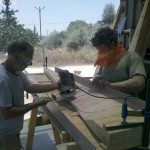
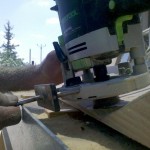

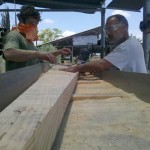
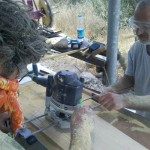
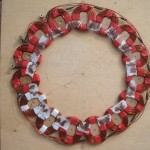
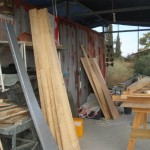
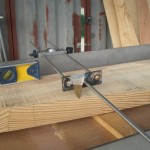
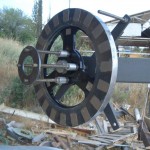
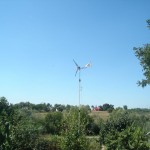
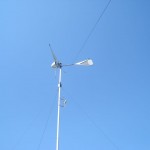

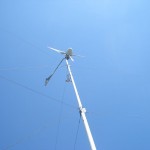
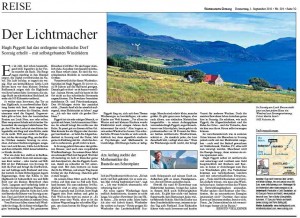
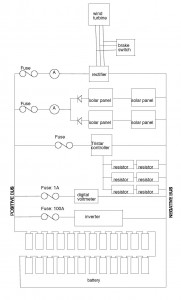


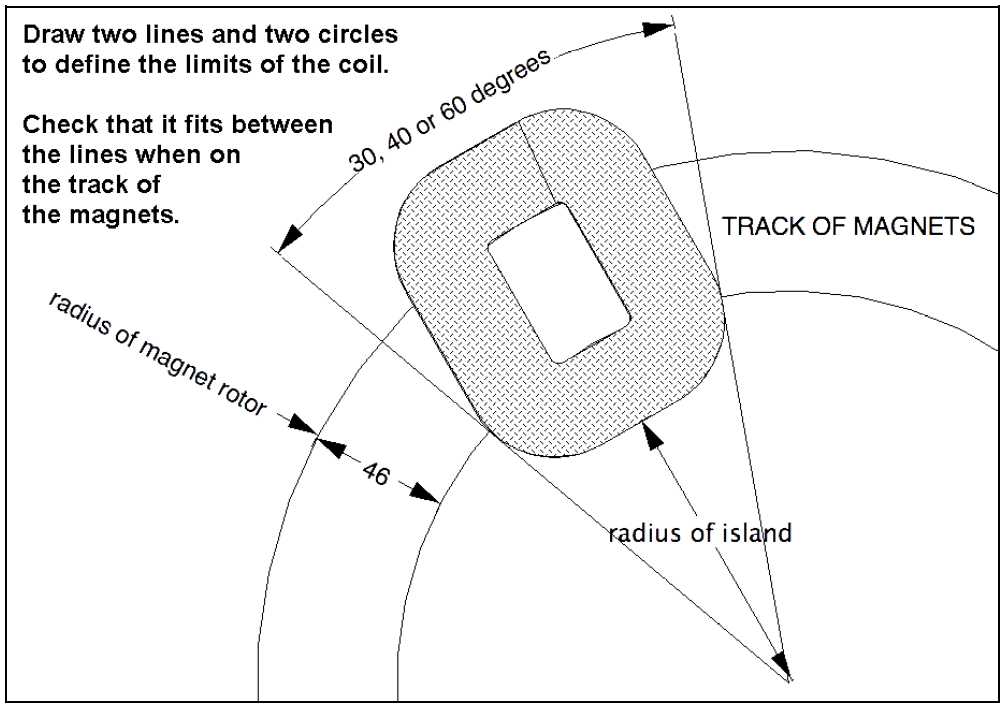

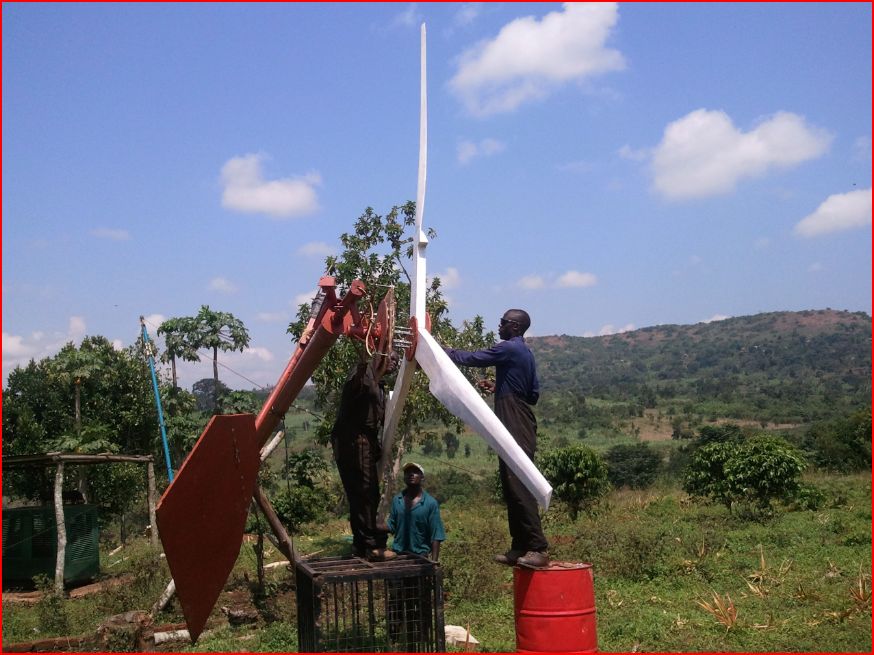
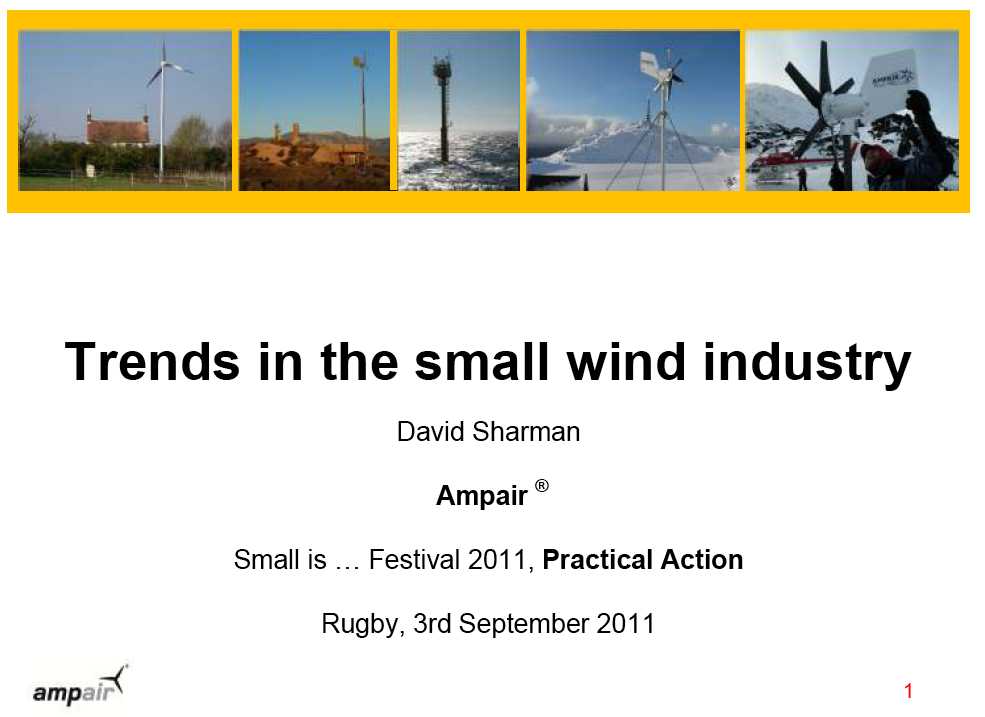
 See Dan Paraipan’s photos here
See Dan Paraipan’s photos here